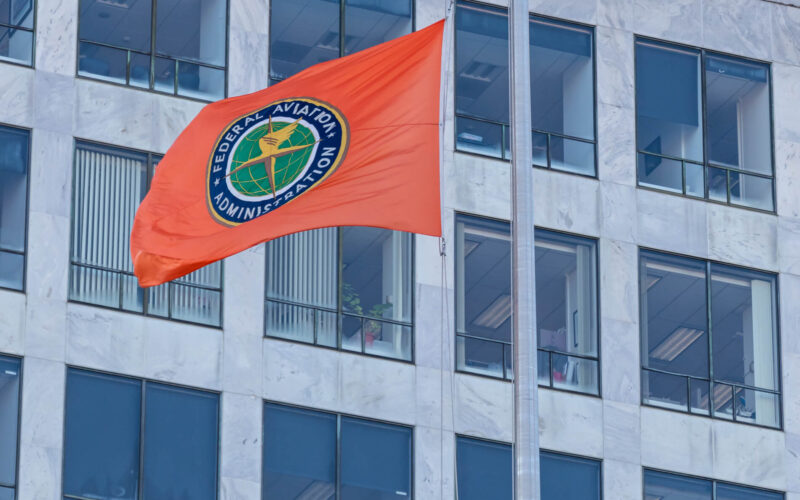In a new report released by the United States Senate Committee on Commerce, Science and Transportation, fingers were pointed at the Federal Aviation Administration (FAA) following “significant examples of lapses in aviation safety oversight and failed leadership in the FAA.”
The US Senate committee began its investigation into the FAA’s oversight in April 2019. Investigators found “a number of significant examples of lapses in aviation safety oversight and failed leadership in the FAA,” according to the chairman of the Senate Committee on Commerce, Science, and Transportation, Roger Wickers. Wickers noted that it was “clear” that the agency required oversight so that the safety of the flying public is ensured.
Out of the 102 page-long report, the committee identified six key findings that depicted the glaring issues with the FAA and its safety oversight processes, including issues not related to the Boeing 737 MAX.
Boeing interfering 737 MAX recertification
According to the Senators’ report, Boeing interfered not only with the initial certification of the Boeing 737 MAX, but also the recertification of the aircraft type, which has occurred recently.
“At least one recertification test even was improperly influenced by Boeing,” highlighted the paper, and indicated that at least one FAA Aircraft Certification Test Pilot was complicit in the test, according to a whistleblower account. The whistleblower alleged that Boeing representatives told test pilots to “remember, get right on that pickle switch,” prior to the test flights. That allowed a test pilot to react to the Maneuvering Characteristics Augmentation System (MCAS) in four seconds, the assumed reaction time by Boeing and the FAA.
The same whistleblower, who was an FAA Aviation Safety Inspector, conducted his own tests in a Boeing 737 NextGeneration (NG) simulator with three different flight crews. According to his account, when the three pilot crews were presented with “runaway stab trim” events, which pitched the aircraft nose up or down, they managed to react in seven, nine and eleven seconds, respectively. However, the 737 NG simulator does not include MCAS, which could have eased the task for the pilots.
“The whistleblower contends that the result of these tests indicate Boeing’s assumed reaction time of four seconds is unrealistic. The scenario is exacerbated by inadequate training of flight crews,” concluded the committee’s report
In a test in a Boeing 737 MAX simulator, an FAA pilot who also worked at an Aircraft Evaluation Group (AEG), reacted to MCAS firing off in 16 seconds “or four times longer than the accepted assumption of four seconds.”
“It appears, in this instance, FAA and Boeing were attempting to cover up important information that may have contributed to the 737 MAX tragedies.”
Obstructing investigation
On a separate note, the Senators also flagged the fact that the FAA was not very helpful in the investigation, to say the least.
To conduct the investigation, the Senators conducted interviews with FAA employees and asked the agency to provide a number of documents for review. The chairman of the committee sent several letters to the FAA, which contained over 30 specific requests. Only half of them were answered, stated the report, in addition to the fact that the agency’s documents that were provided “at times appeared to be contradictory and misleading.”
The FAA allowed the committee to interview nine employees throughout the investigation period. Three of them left the FAA before they could be interviewed. Furthermore, “interviews conducted produced inconsistencies, contradictions, and in one case possible lack of candor.” Still, the evidence firmly supported the allegations of whistleblowers, noted the report.
Oversight lapses
The report has also identified oversight lapses within the FAA that has resulted in “a failed FAA safety management culture.”
For example, Southwest Airlines (LUV) was allowed to “continue operating dozens of aircraft in an unknown airworthiness condition for several years,” which put “millions of passengers at risk.” At the forefront of allegations were 88 aircraft that the low-cost carrier purchased second-hand between 2013 and 2017. The Boeing 737s were allegedly operated under airworthiness certificates that were based on deficient information. FAA’s Director of the Office of Audit and Evaluation (AAE) H. Clayton Foushee urged the agency’s administrator Stephen Dickson to ground uninspected aircraft, which Dickson refused to do so. Instead, he granted an extension of the deadline for Southwest to complete the inspections, despite the fact that the inspections should have been completed “before the aircraft ever flew in U.S. airspace.”
“Southwest Airlines (LUV) successfully exerts improper influence on the FAA to gain favorable treatment related to regulatory compliance and voluntary reporting programs,” was concluded in the report.
“Our findings are troubling,” concluded Roger Wicker, the chairman of the Senate Committee on Commerce, Science, and Transportation that conducted the investigation.

